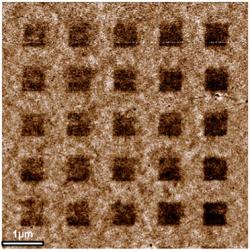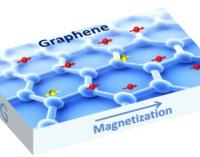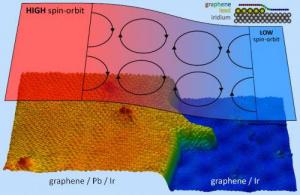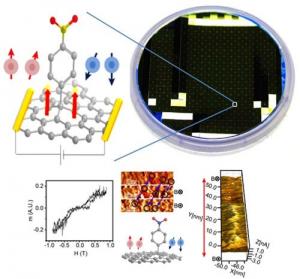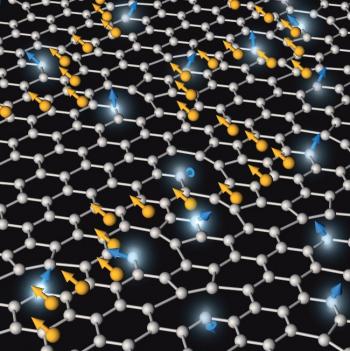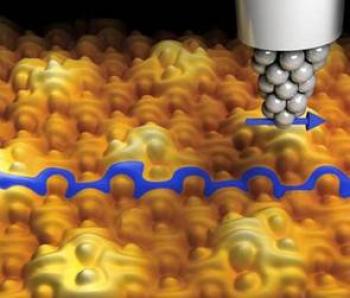Graphene nano-coils could replace solenoids for miniature electronics
Researchers at Rice University found that graphene nano-coils possess natural electromagnetic properties and can help in scaling down electronics by possibly replacing common solenoids (wires coiled around a metallic core that produce a magnetic field when carrying current, turning them into electromagnets. Solenoids also serve as inductors, primary components in electric circuits that regulate current, and in their smallest form are part of integrated circuits).
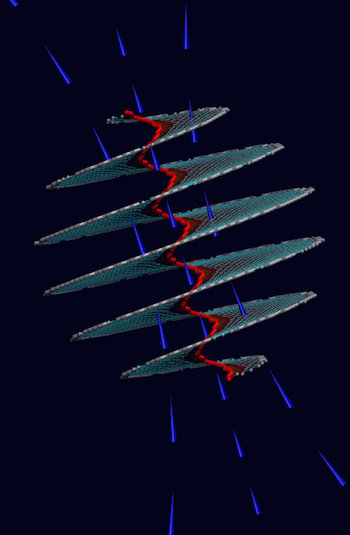
The researchers discovered that when a voltage is applied, current will flow around the helical path and produce a magnetic field, as it does in macro inductor-solenoids. These graphene coil-structures are even found to form naturally during graphite growth, so they don't require complicated configuration or assembly. The researchers believe it should be possible to isolate graphene coil formations from crystals of graphitic carbon (graphene in bulk form), but enticing graphene sheets to grow in a spiral would allow for better control of its properties.
